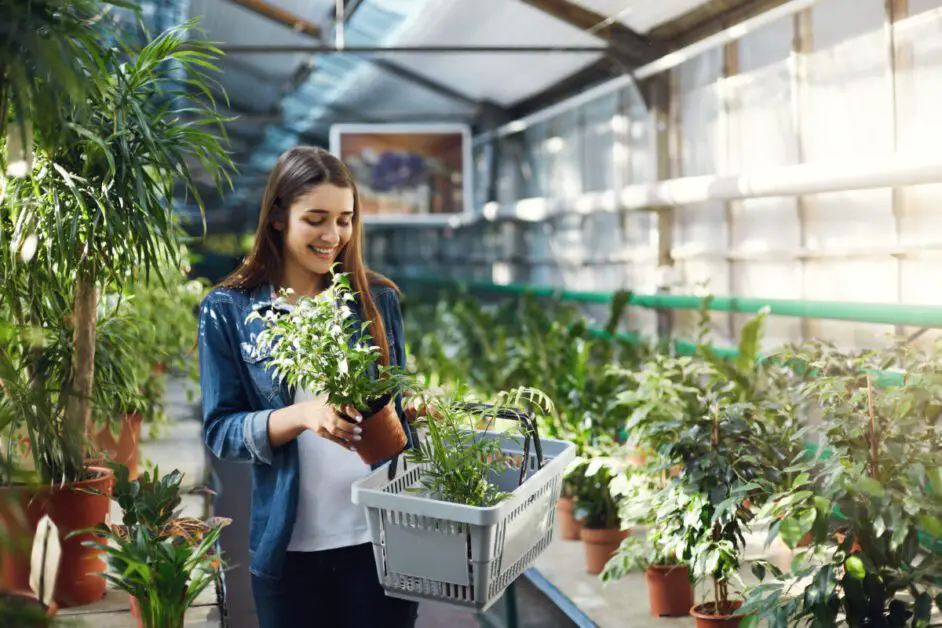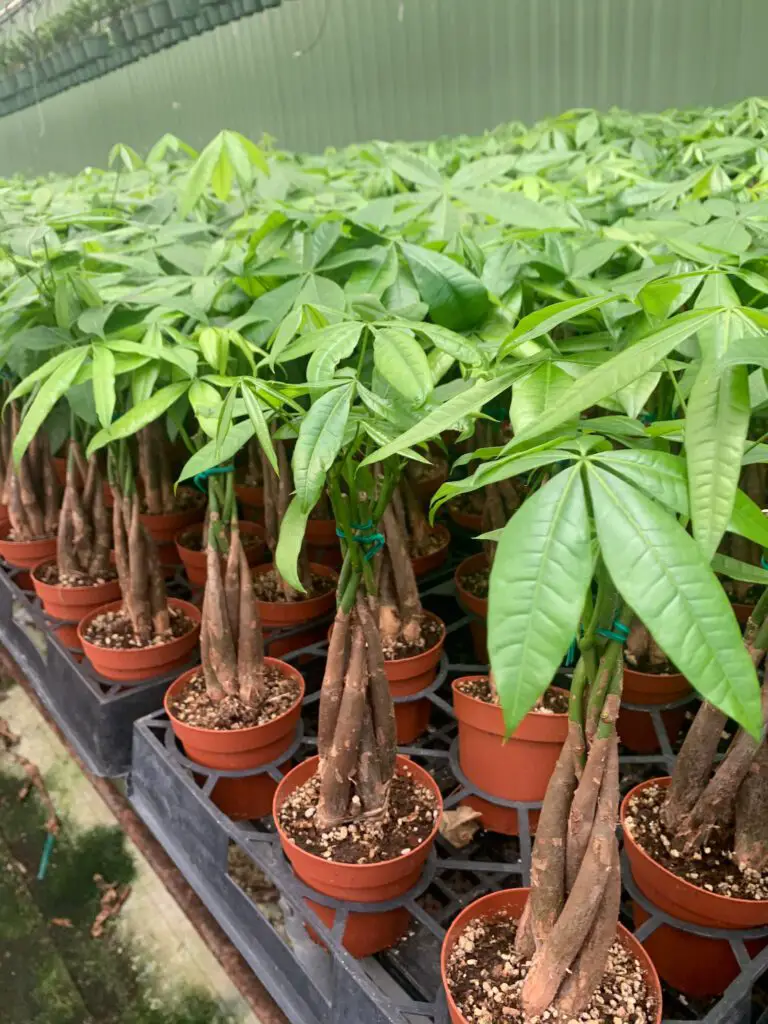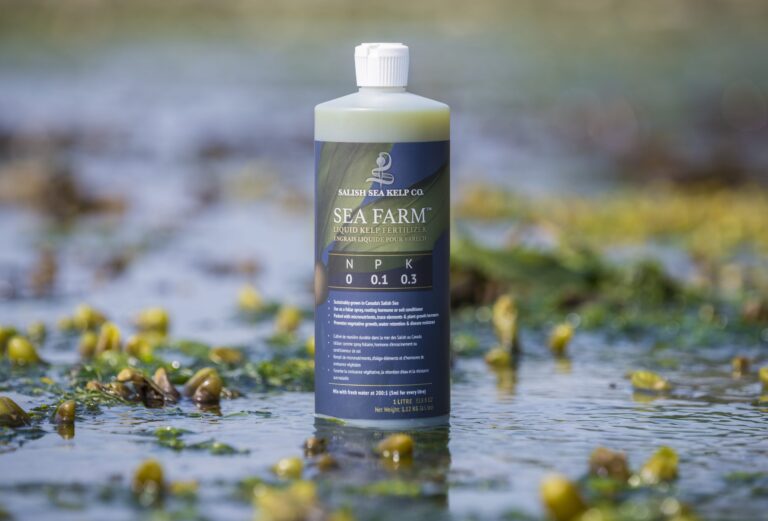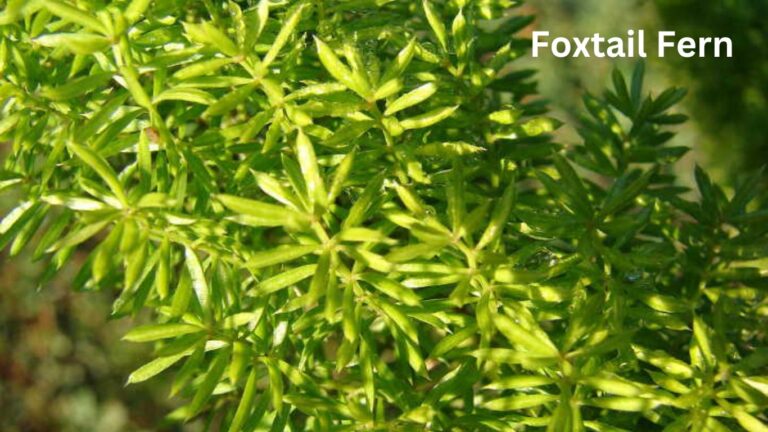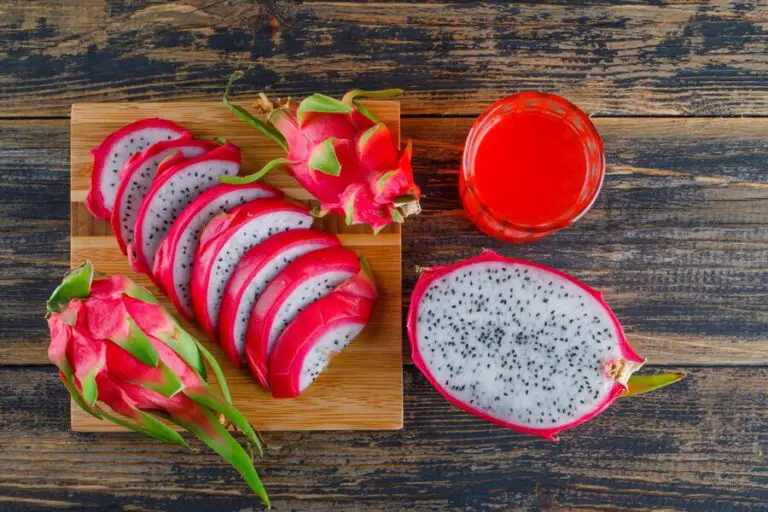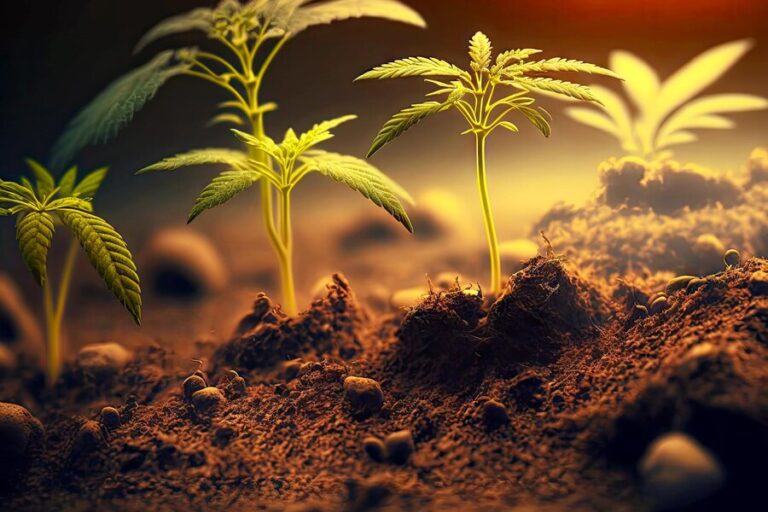Grow Tent Buying Guide: What to Look for When Shopping for a Grow Tent
Table of Contents
Factors to Consider When Choosing the Size of Your Grow Tent
Choosing the right size for your grow tent is a crucial decision that can significantly impact the success of your indoor gardening venture. The size of your grow tent will determine how many plants you can grow and the overall yield you can expect. It’s important to consider several factors before making a final decision.
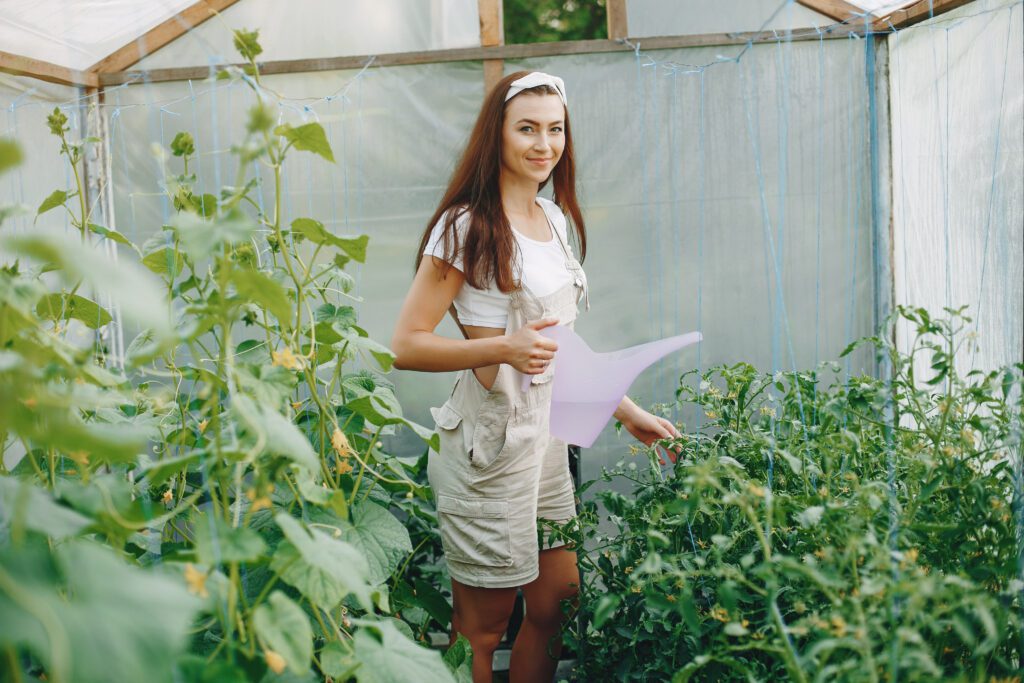
First and foremost, you need to determine the available space you have for your grow tent. Consider the dimensions of your room or designated area and take accurate measurements. This will allow you to choose a grow tent that fits perfectly and maximizes the use of your space. It’s recommended to leave some extra space around the tent for easy access during maintenance and harvesting.
Another important aspect to consider is the number of plants you intend to grow. Different plants require different amounts of space to thrive. Small plants like herbs or lettuce can be grown in smaller tents, while larger plants like tomatoes or peppers may require more room. Pay close attention to the recommended spacing and size requirements for each type of plant to ensure optimal growth and prevent overcrowding.
Understanding the Importance of Tent Material and Durability
When it comes to choosing a grow tent, one of the most important factors to consider is the material and its durability. The tent material plays a crucial role in providing a suitable environment for your plants to thrive. It affects the overall strength, light penetration, and insulation properties of the tent.
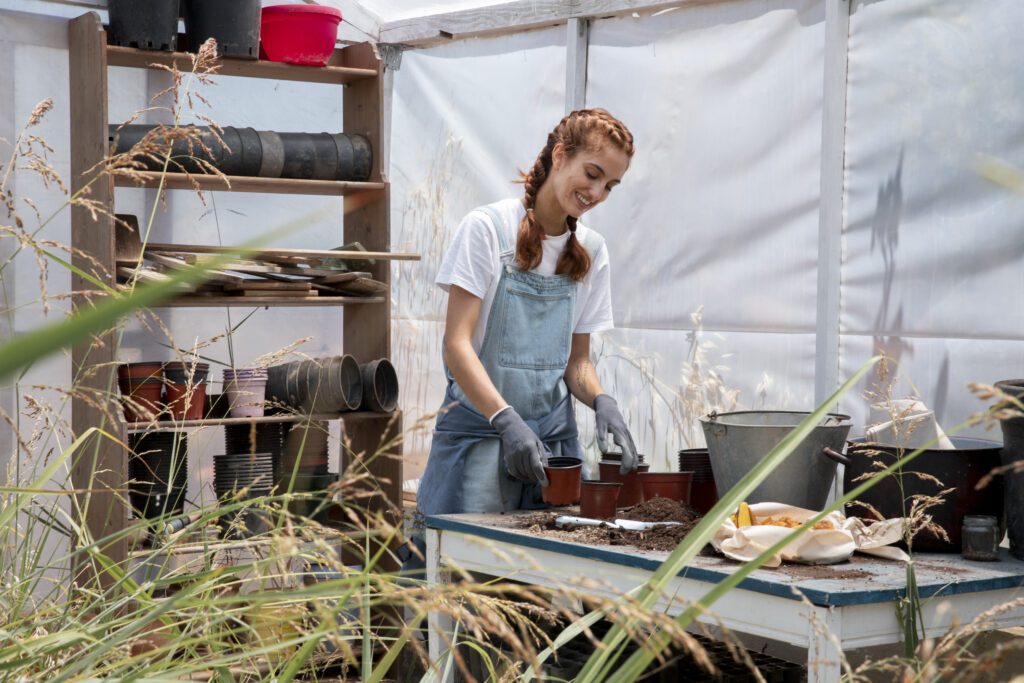
There are various materials used in the construction of grow tents, including polyester, canvas, and oxford fabric. Polyester is a popular choice due to its lightweight nature and resistance to wear and tear. Canvas, on the other hand, is known for its durability and ability to retain heat effectively. Oxford fabric is a versatile option that offers durability and water resistance.
Durability is essential as it ensures that your grow tent can withstand the rigorous conditions of indoor gardening. You want a tent that can withstand frequent assembly and disassembly, as well as the weight of equipment such as lights and ventilation systems. A durable tent will also resist tearing and damage from pests or accidental impacts. Remember, investing in a high-quality, durable tent from the start will save you money in the long run, as you won’t have to replace it as often. Overall, the material and durability of a grow tent are vital factors to consider when creating an optimal environment for your plant’s growth and health.
Essential Features to Look for in a Grow Tent
When it comes to choosing a grow tent for your indoor gardening needs, there are several essential features you should consider. These features will not only contribute to the overall efficiency and effectiveness of your growing setup but also provide you with a convenient and hassle-free gardening experience.
First and foremost, a grow tent should have a sturdy and durable frame. Look for tents made from high-quality materials such as metal or reinforced plastic. This will ensure that your tent can withstand the weight of your equipment, as well as any potential mishaps or accidents that may occur during the growing process. A strong frame will also provide stability and prevent your tent from collapsing or warping over time.
Another important feature to consider is the tent’s fabric. Opt for a tent that is made from thick, light-blocking material. This will help maintain the ideal environment for your plants by preventing light leaks and ensuring that your growing space remains dark during the night cycle. Additionally, a thick fabric will also help insulate the tent, keeping the temperature and humidity levels consistent for optimal plant growth.
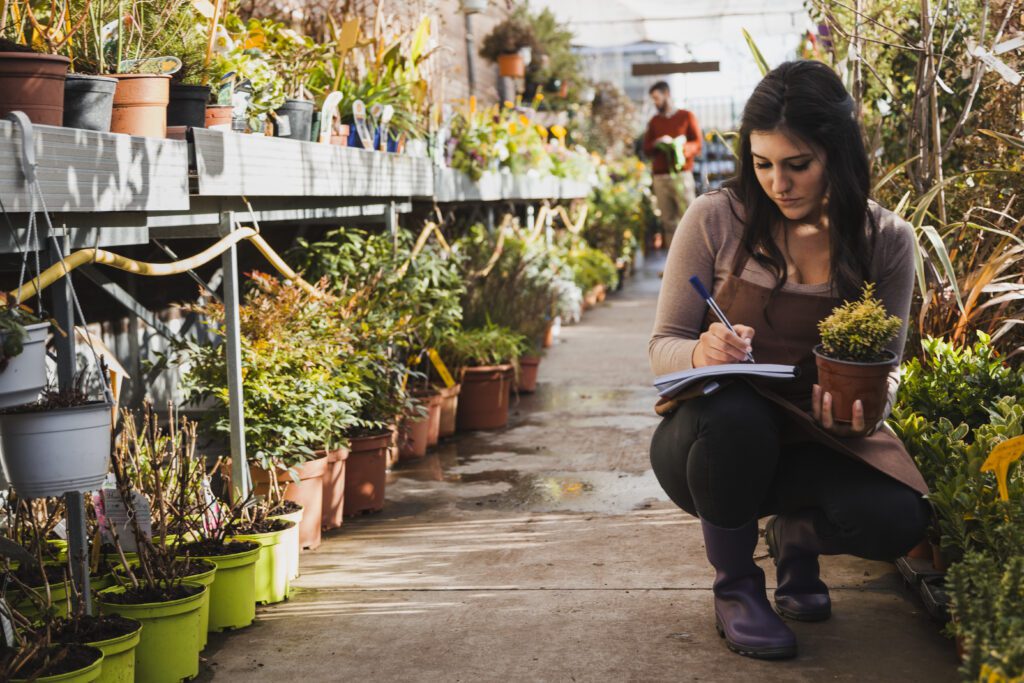
Furthermore, ventilation and airflow play a crucial role in the success of your indoor garden. Look for grow tents that have multiple vents and ports for air intake and exhaust. These vents should be strategically placed to allow for proper circulation of fresh air and the removal of stale air. Adequate airflow will help prevent the buildup of moisture, mold, and mildew, which can negatively impact your plants’ health. Additionally, consider investing in a grow tent with built-in ducting ports to easily connect your ventilation system. In conclusion, when selecting a grow tent, prioritize features such as a sturdy frame, thick light-blocking fabric, and adequate ventilation. These essential features will contribute to the overall success of your indoor garden by providing a stable and conducive environment for your plant’s growth. With the right grow tent, you can create an ideal atmosphere, ensuring healthy and bountiful yields.
Considering Ventilation and Airflow in Your Grow Tent
Proper ventilation and airflow are crucial factors to consider when setting up your grow tent. Good ventilation helps maintain a healthy environment by regulating temperature and humidity levels, preventing the build-up of stale air, and supplying fresh air for your plants. It also aids in the exchange of gases, allowing for optimal photosynthesis and preventing the development of mold or mildew.
One common question is, “How can I ensure adequate ventilation in my grow tent?” The first step is to choose a tent with strategically placed ventilation ports or ducting holes. These should be positioned near the bottom and the top of the tent to create a continuous airflow. You can then connect an inline fan to one of the ports, which will pull the air through the tent and out through the other port. It’s important to select the right size fan based on the volume of air in your tent and the desired rate of airflow. Additionally, using carbon filters can help remove odors from the air before it exits the tent.
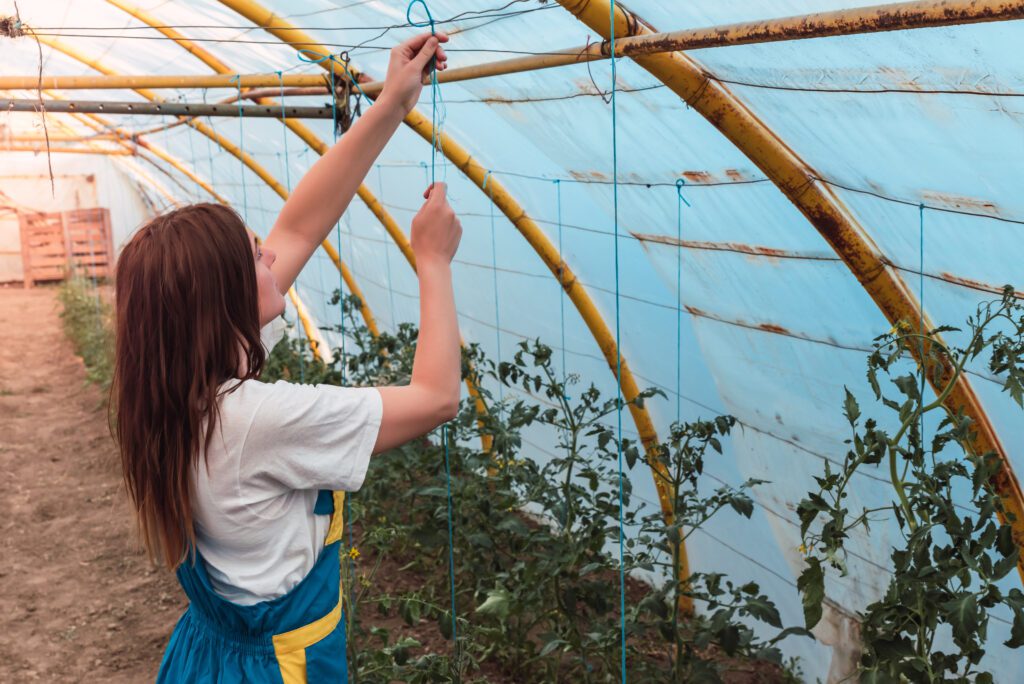
Another frequent concern is controlling temperature and humidity levels. To maintain optimal conditions, consider investing in an oscillating fan to promote air circulation within the tent. This will help prevent temperature stratification and create a more uniform environment for your plants. Additionally, using a dehumidifier or humidifier can help address high or low humidity levels, depending on your specific needs. Monitoring devices such as thermometers and hygrometers are also essential tools that allow you to keep track of these factors and make necessary adjustments as required.
By carefully considering ventilation and airflow in your grow tent, you can create an ideal environment for your plants to thrive. Remember to choose the right equipment, monitor and adjust conditions as needed, and ensure proper air exchange throughout the growing process.
The Importance of Light Reflectivity in a Grow Tent
Light reflectivity is a crucial factor to consider when setting up a grow tent, as it directly impacts the growth and development of your plants. When light is emitted from your grow lights, a significant portion of it can be lost due to poor reflectivity within the tent. This means that your plants may not be receiving the full potential of the light available to them, resulting in stunted growth or lower yields.
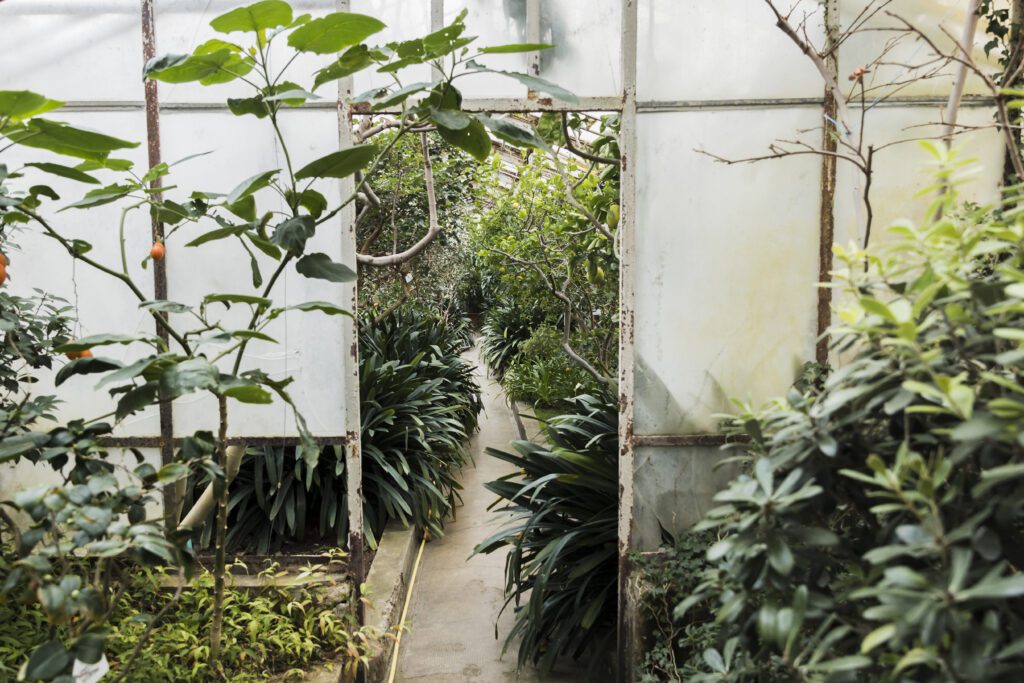
To ensure optimal light reflectivity, it is important to choose a grow tent that is lined with a highly reflective material. The most commonly used and efficient material for this purpose is Mylar. Mylar has a reflective coating that enables it to bounce light back onto your plants, maximizing the amount of light absorbed by the leaves. It is also highly durable and resistant to heat, making it an ideal choice for growing tents.
When selecting a grow tent, it is advisable to check the reflectivity rating of the material used. A reflectivity rating of 90% or higher is considered excellent, while anything below 80% may result in noticeable light loss. Investing in a high-quality grow tent with superior light reflectivity will significantly enhance the overall efficiency and productivity of your indoor garden.
Choosing the Right Type of Grow Tent for Your Needs
When choosing the right type of grow tent for your needs, it’s important to consider several factors that will contribute to the success of your plant cultivation. One of the first things to consider is the size of the tent. The size you choose will depend on the amount of space you have available, as well as the number of plants you wish to grow. It’s essential to choose a size that allows for adequate air circulation, light distribution, and easy access for maintenance and observation. Additionally, consider the height of the tent to ensure that your plants have enough vertical space to grow without being cramped or restricted.
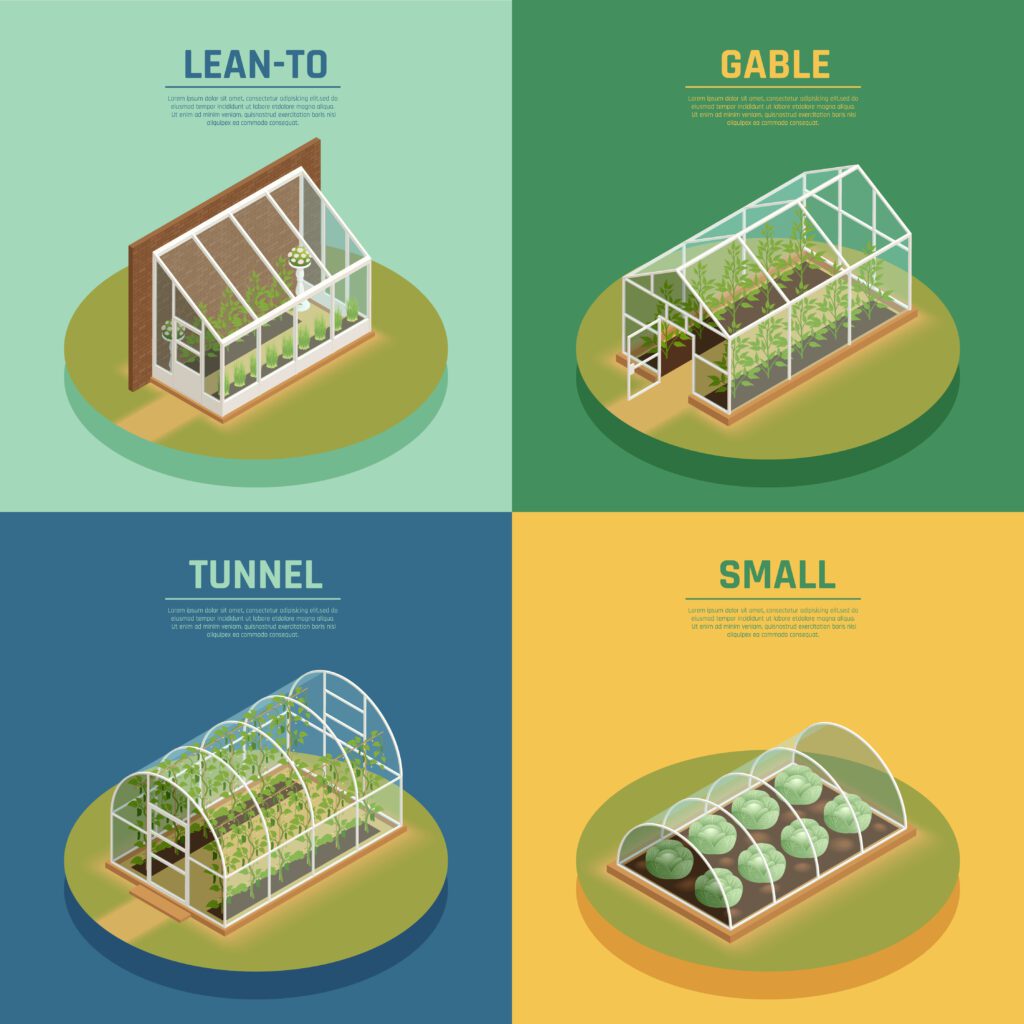
Another crucial factor to consider is the material and durability of the grow tent. The material should be thick enough to provide insulation and prevent light leakage, but also lightweight enough to be easily maneuvered and assembled. Look for tents made from high-quality materials, such as Oxford cloth or heavy-duty nylon, which are known for their durability and resistance to wear and tear. A sturdy frame, preferably made of metal or reinforced plastic, is also important to ensure the stability and longevity of the tent.
Overall, the right type of grow tent for your needs will provide a suitable environment for your plants to thrive. By carefully considering the size, material, and durability, you can make an informed decision and create an optimal growing space for your plants. In the next section, we’ll discuss some essential features to look for in a grow tent to further enhance your growing experience.
Understanding the Different Types of Grow Tent Frames
When it comes to choosing the right grow tent frame for your indoor garden, there are several options to consider. The most common types of grow tent frames are made from either metal or plastic. Metal frames, such as those made from steel or aluminum, are known for their durability and strength. They can support heavy equipment, like grow lights and fans, without bending or warping. Plastic frames, on the other hand, are lighter and more flexible, making them easier to assemble and disassemble. They are a popular choice for those who need a portable or temporary solution.
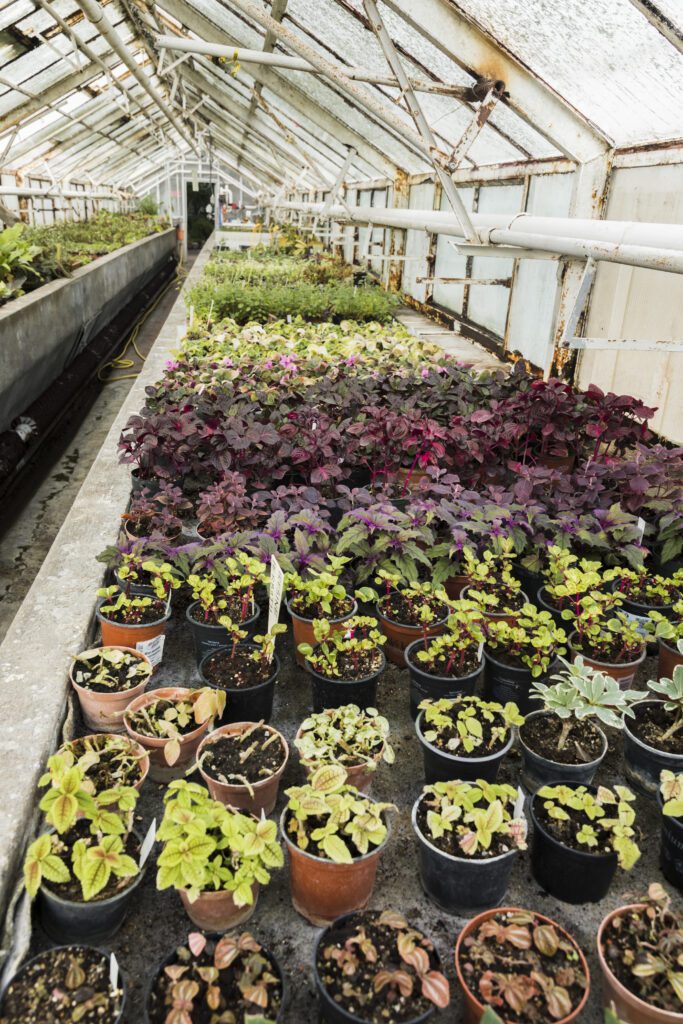
Each type of frame has its advantages and disadvantages. Metal frames are more expensive and can be harder to set up, but they offer superior stability and longevity. Plastic frames are generally more affordable and easier to work with, but they may not be as durable over time. It is important to consider your specific needs and budget when deciding which type of grow tent frame is right for you. Additionally, make sure to carefully read customer reviews and product descriptions to ensure you are choosing a high-quality frame that will meet your expectations.
Factors to Consider When Selecting the Thickness of the Tent Fabric
When selecting a grow tent, one of the crucial factors to consider is the thickness of the tent fabric. The thickness of the fabric directly affects the durability, insulation, and light-blocking capabilities of the tent. A thicker fabric generally provides better insulation and light-blocking properties, which can be beneficial for maintaining a stable environment and preventing light leaks.

Thicker tent fabrics also tend to be more durable and resistant to wear and tear. They can withstand the rigors of regular use, including the movement of plants and equipment within the tent. When choosing the thickness of the tent fabric, it is important to strike a balance between durability and flexibility. While thicker fabrics offer better protection, they can also be heavier to work with. Consider the weight and manageability of the fabric to ensure ease of installation and maintenance.
Another factor to consider when selecting the thickness of the tent fabric is the climate in which you will be growing your plants. In colder climates, thicker fabrics provide better insulation, helping to retain heat and maintain a consistent temperature within the tent. On the other hand, in hotter climates, thinner fabrics may provide better ventilation and allow for heat dissipation. Evaluating your specific growing conditions will help you determine the ideal thickness for your tent fabric.
The Importance of Proper Insulation in a Grow Tent
Proper insulation is a crucial factor to consider when setting up a grow tent. It plays a significant role in maintaining a controlled environment for your plants, promoting healthy growth, and maximizing yields. Insulation helps to regulate temperature, prevent heat loss, and minimize the risk of external factors affecting your plants’ growth.
One of the main benefits of insulation is its ability to regulate temperature. By creating a barrier between the inside of the tent and the external environment, insulation helps maintain a consistent and optimal temperature for your plants. This is especially important in regions with extreme weather conditions, where temperature fluctuations can be detrimental to plant health.
Additionally, insulation helps in preventing heat loss. As plants require specific temperature ranges to thrive, the insulation ensures that the heat produced by grow lights and other equipment is retained within the tent. This not only saves energy but also keeps your plants warm and comfortable, creating an ideal growing environment.
Furthermore, insulation acts as a barrier against external factors that can hurt your plants. It can protect your plants from extreme cold or excessive heat outside the tent, as well as insulate them from noise and potential pests. By creating a secure and insulated space, you can ensure that your plants can grow undisturbed and free from external disruptions.
To ensure proper insulation in your grow tent, consider using materials with high-insulating properties. Reflective mylar or polyurethane foam are commonly used materials that provide excellent insulation. Another important aspect is to pay attention to the tent’s seams and zippers, ensuring they are well-sealed and do not allow any air leakage.
Remember, proper insulation is not only about keeping your plants warm during colder months or cool during hotter months. It’s about creating a stable and consistent environment where your plants can thrive. So, invest in adequate insulation for your grow tent to provide your plants with the optimum growing conditions they need for healthy and robust growth.
Factors to Consider When Evaluating the Zippers and Seams of a Grow Tent
When evaluating the zippers and seams of a grow tent, it’s important to consider their quality and durability. Zippers play a crucial role in providing easy access to your grow tent while also ensuring that it remains tightly sealed when needed. Look for grow tents with heavy-duty zippers that are resistant to wear and tear, as well as those that offer smooth and effortless operation. The last thing you want is to struggle with a faulty zipper that could compromise the integrity of your tent and create light leaks or allow pests to enter.
Here are some factors to consider when evaluating the zippers and seams of a grow tent:
| Factor | Description |
|---|---|
| Zipper Quality | The quality of the zipper is important to ensure that it does not break or get stuck. Look for zippers that are made of high-quality materials and have a smooth operation. |
| Zipper Size | The size of the zipper should be appropriate for the size of the tent. A larger tent will require a larger zipper to ensure easy access. |
| Zipper Placement | The placement of the zipper should be considered to ensure that it is easy to access the plants inside the tent. |
| Seam Strength | The strength of the seams is important to ensure that the tent does not tear or rip. Look for tents with double-stitched seams and reinforced corners. |
| Seam Tape | The seam tape is important to ensure that the tent is waterproof and lightproof. Look for tents with high-quality seam tape that is applied to all seams. |
In addition to the zippers, the seams of a grow tent also play a key role in maintaining a controlled environment. High-quality grow tents feature double-stitched seams that provide extra strength and prevent any potential light leaks. It’s important to inspect the seams thoroughly, ensuring that they are tightly sealed and reinforced. Poorly constructed seams can lead to air leakage, impacting the temperature and humidity levels inside the tent. By carefully evaluating the zippers and seams of a grow tent, you can ensure that you invest in a product that will withstand the demands of your indoor gardening endeavors.
The Role of Accessibility and Portability in a Grow Tent
When it comes to selecting the right grow tent for your indoor garden, accessibility and portability are important factors to consider. Accessibility refers to how easily you can reach your plants and perform necessary tasks such as pruning, watering, and harvesting. Portability, on the other hand, refers to the ease of moving the grow tent if necessary.
In terms of accessibility, it is essential to choose a grow tent that provides ample space for you to maneuver and tend to your plants. Consider the size and layout of the tent, as well as the number and type of access points it offers. Look for features such as large doors, multiple windows, and removable panels that allow you to reach all areas of your plants without any hassle.
In addition, portability is crucial if you anticipate the need to move or reposition your grow tent in the future. Whether you are rearranging your indoor garden, relocating to a new space, or simply want the flexibility to adapt to changing needs, a portable grow tent makes the task much easier. Look for lightweight materials, sturdy frames, and convenient carrying options such as handles or rolling wheels. Investing in a grow tent with these features will save you time and effort in the long run and provide the flexibility you need to optimize your plant cultivation journey.
Considering the Price Range and Budget for Your Grow Tent
When it comes to purchasing a grow tent, it’s important to consider your price range and budget. Grow tents can vary widely in price, depending on factors such as size, materials, and additional features. Setting a budget can help you narrow down your options and find a grow tent that meets your needs without breaking the bank.
Before determining your budget, it’s crucial to understand what you’ll be using the grow tent for and what features are important to you. Are you a hobbyist or a professional? How many plants do you plan to grow? Will you need additional features such as built-in lights or ventilation systems? Answering these questions will help you determine how much you should allocate for your grow tent purchase. Additionally, it’s a good idea to compare prices from different brands and retailers to ensure you’re getting the best deal possible.
Remember, while it may be tempting to opt for the cheapest option available, it’s important to keep in mind that quality should not be compromised. A grow tent is an investment in your plants’ health and growth, so it’s worth considering spending a bit more to ensure you’re getting a durable and reliable product. Look for reputable brands offering warranties and positive customer reviews to ensure you’re making a wise investment. By considering your price range and budget, as well as the quality and features you require, you’ll be on your way to finding the perfect grow tent for your needs.
Understanding the Maintenance and Cleaning Requirements of a Grow Tent
Maintenance and cleaning are essential aspects of caring for your grow tent and ensuring optimal plant growth. Regular maintenance helps prolong the lifespan of your tent and keeps it functioning efficiently. Cleaning, on the other hand, keeps your grow tent free from dirt, dust, and pests, reducing the risk of disease and improving overall plant health.
To maintain your grow tent, start by checking the frame and ensuring it is sturdy and intact. Inspect the fabric for any tears or rips, as a damaged tent can compromise the environment inside. If you notice any issues, repair or replace the affected parts promptly. It is also important to regularly check and tighten the zippers and seams to prevent any light leaks or airflow disruption.
Cleaning your grow tent involves removing any debris or plant matter that may have accumulated inside. Begin by removing all plants, lights, and equipment from the tent. Use a gentle vacuum cleaner or a soft brush to remove any loose dirt or dust. Wipe down the interior surfaces of the tent using a mild soap solution, taking care not to damage the fabric. Rinse thoroughly with clean water and allow the tent to dry completely before reassembling it. Additionally, ensure that you clean and disinfect any equipment used in the tent, such as fans or filters, to prevent the spread of pests or diseases.
By following these routine maintenance and cleaning practices, you can create a clean and well-maintained environment for your plants. This will result in healthy growth and an improved harvest in your grow tent.
The Importance of Researching and Comparing Grow Tent Brands
When it comes to choosing the right grow tent for your indoor gardening needs, researching and comparing different brands is of utmost importance. With a wide range of options available in the market, it can be overwhelming to decide without proper information and understanding. By conducting thorough research and comparing the features, specifications, and customer reviews of various brands, you can ensure that you invest in a high-quality grow tent that meets your specific requirements.
Researching and comparing grow tent brands allows you to gather valuable insights into the reputation, reliability, and performance of different products. You can learn about the materials used, the durability of the tent frames, and the overall construction quality. This knowledge will help you make an informed decision and choose a brand that aligns with your expectations and provides a suitable growing environment for your plants. Additionally, comparing different brands enables you to explore the unique features and innovations offered by each, such as advanced ventilation systems, light reflectivity enhancements, or convenient accessibility options. By considering these factors, you can select a grow tent brand that caters to your specific needs and ensures optimal growth and yield for your plants.
In addition to comparing the features and specifications, it is also crucial to take into account the experiences and reviews of other consumers who have used the products you are considering. Online forums, gardening communities, and customer reviews on reputable websites can provide invaluable insights into the performance, durability, and overall satisfaction levels of the different grow tent brands available. These firsthand experiences can give you a clearer picture of how a particular brand performs in real-life situations and whether it lives up to its claims. By taking the time to research and compare grow tent brands, you can make a well-informed decision and choose a product that not only meets your immediate needs but also provides long-term value and satisfaction.
Tips for Setting Up and Optimizing Your Grow Tent Space
Setting up and optimizing your grow tent space is crucial for achieving successful plant growth. Whether you are a beginner or an experienced gardener, these tips will help you maximize the potential of your grow tent.
First and foremost, ensure that you have the right size of grow tent for your needs. Consider the number of plants you want to grow and their growth potential. Remember that overcrowding can lead to poor airflow and an increased risk of diseases. On the other hand, too much space can waste valuable resources and make it difficult to maintain optimum conditions. Finding the right balance is key.
Next, pay attention to lighting. Proper lighting is essential for photosynthesis and the overall health of your plants. Choose the right type of grow lights, such as LED or HID, based on the specific needs of your plants. Position the lights at the correct distance from the plants to avoid light burn or insufficient light penetration. Additionally, consider using reflective materials on the inside walls of your grow tent to maximize light distribution.
Ventilation is another crucial aspect in optimizing your grow tent space. Good airflow helps regulate temperature and humidity levels, prevents the buildup of carbon dioxide, and allows for the proper exchange of gases. Invest in a quality ventilation system that includes fans, filters, and ducting to ensure that your plants receive fresh air and that stale air is efficiently removed.
Finally, monitor and control the environmental conditions within your grow tent. Maintaining proper temperature and humidity levels is vital for plant growth. Use a reliable thermometer and hygrometer to keep track of these factors. If necessary, invest in a heater or dehumidifier to adjust the conditions accordingly. Additionally, consider using a digital timer to maintain a consistent light cycle for your plants.
Following these tips will help you set up and optimize your grow tent space for optimal plant growth. Remember, every plant and growing environment is unique, so it may take some trial and error to find the perfect conditions for your specific plants. Patience and attentiveness are key to achieving the best results.
How do I determine the ideal size for my grow tent?
When choosing the size of your grow tent, consider the number of plants you plan to grow and the available space in your grow area. Take into account the height of your plants when they reach maturity to ensure they have enough headroom.
What should I look for in a grow tent material?
Look for grow tents made from durable and lightproof materials, such as thick canvas or polyester. The material should also be tear-resistant and easy to clean.
What are some essential features to consider in a grow tent?
Some essential features to look for include sturdy frames, multiple ventilation ports, removable floor trays, and access ports for electrical cords.
How important are ventilation and airflow in a grow tent?
Ventilation and airflow are crucial for maintaining a healthy growing environment. Proper ventilation helps control temperature, humidity, and carbon dioxide levels while ensuring fresh air exchange for the plants.
Why is light reflectivity important in a grow tent?
Light reflectivity plays a vital role in maximizing the effectiveness of your grow lights. Look for grow tents with highly reflective interior material, such as mylar or diamond-patterned reflective material.
What type of grow tent should I choose?
The type of grow tent you choose depends on your specific needs. Consider factors like space availability, grow area layout, and the number of plants you want to grow. Options include tents with multiple chambers, small propagation tents, or larger tents for commercial use.
What factors determine the thickness of the tent fabric?
The thickness of the tent fabric depends on the durability and insulation you require. Thicker fabrics tend to be more durable and provide better insulation, while thinner fabrics are more lightweight and versatile.
Why is proper insulation important in a grow tent?
Proper insulation helps maintain a stable and controlled environment inside the grow tent. It helps regulate temperature and humidity levels, which are crucial for healthy plant growth.
How do I evaluate the zippers and seams of a grow tent?
Check for sturdy zippers that glide smoothly and securely close the tent flaps. Inspect the seams for tight stitching and reinforcement, ensuring they are lightproof and prevent any light leaks.
Is accessibility and portability important in a grow tent?
Yes, accessibility and portability are important considerations. Look for grow tents with multiple access points, such as doors and windows, to easily reach your plants. Portability is essential if you may need to move or transport your grow tent in the future.
How much should I budget for a grow tent?
The price range for grow tents varies depending on the size, brand, and features. Set a budget based on your needs and research different options to find the best value for your money.
How do I properly maintain and clean a grow tent?
Regularly clean your grow tent by wiping down the interior with mild soap and water. Ensure it is completely dry before reassembling. Periodically inspect and replace any worn-out parts or components for optimal performance.
Why is it important to research and compare grow tent brands?
Researching and comparing grow tent brands allows you to make an informed decision and choose a reputable and reliable product. It helps you determine the quality, customer reviews, and warranty options available.
Any tips for setting up and optimizing my grow tent space?
Some tips for setting up and optimizing your grow tent space include strategically arranging your plants for optimal light distribution, using reflective materials on the walls, maintaining proper ventilation, and regularly monitoring and adjusting environmental conditions.

Kanike Sreekanth, a prolific writer at SouthElMonteHydroponics, brings a unique blend of creativity and scientific rigor to the table. With a degree in Horticulture from a prestigious institution, Kanike’s expertise spans hydroponic farming, plant biology, and agricultural sustainability. Their passion for exploring innovative cultivation methods and promoting environmental stewardship drives them to uncover new insights in the realm of hydroponics. Kanike’s writing serves as a conduit for sharing their knowledge and inspiring others to embrace alternative farming practices for a more sustainable future.

